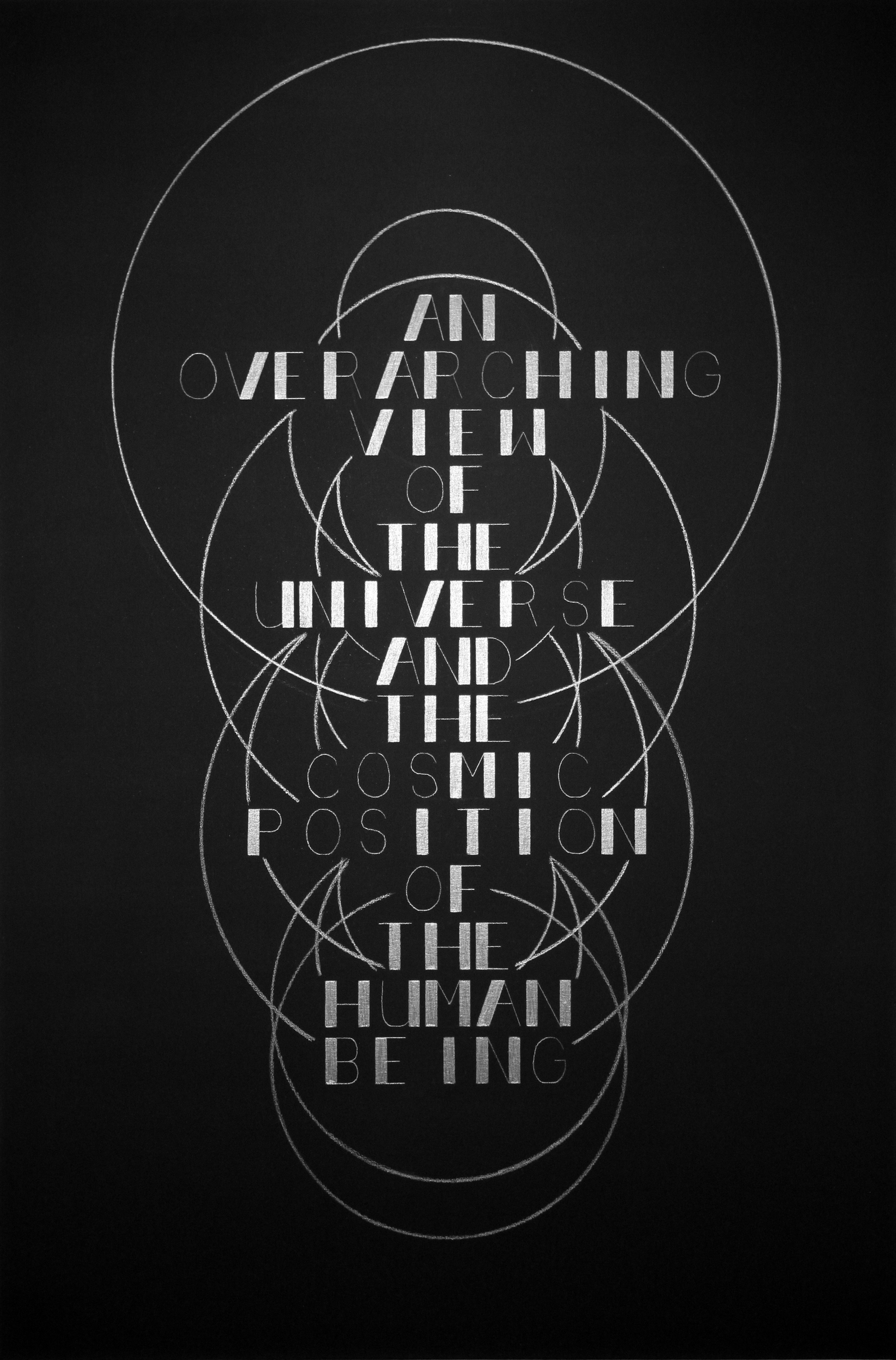










Into the late nineteenth century, an invisible substance known as luminiferous ether (light-bearing ether) was purported to permeate the universe and provide a medium for the propagation of light. The notion of ether harkened back to Ancient Greece, where it was elucidated by Plato as the classical fifth element, joining earth, air, fire and water in the composition of the universe. In 1887, the Michelson-Morely experiment set out to detect the relative motion of the earth and the luminiferous ether. The experiment produced the now famous “null result”, where no measurable evidence was found indicating the ether, effectively disproving its existence. Although it seemed to have failed its original mission, the experiment helped establish the constancy of the speed of light, which proved foundational to Einstein’s special theory of relativity, often referred to as the “second scientific revolution”. From the ancient to the modern, we have sought to explain and visualize the unseen, with varying results. Half a world away, and thousands of years earlier, inhabitants of Oba Island created Stone Age ritual rock and sand tracings to guide the passage of the departed into the netherworld. Their labyrinthine courses inscribe a physical path and a spiritual cosmology that formally echoes the path that light was refracted in the Michelson-Morely experiment. Some truths may never be proven to be true. We remain as our ancestors, ever searching for our source, in the shadow of the invisible.

graphite and flashe on canvas
60” x 40”

graphite and flashe on canvas
60” x 60”
2014

graphite and flashe on canvas
60" x 40"

graphite and flashe on canvas
22” x 18”